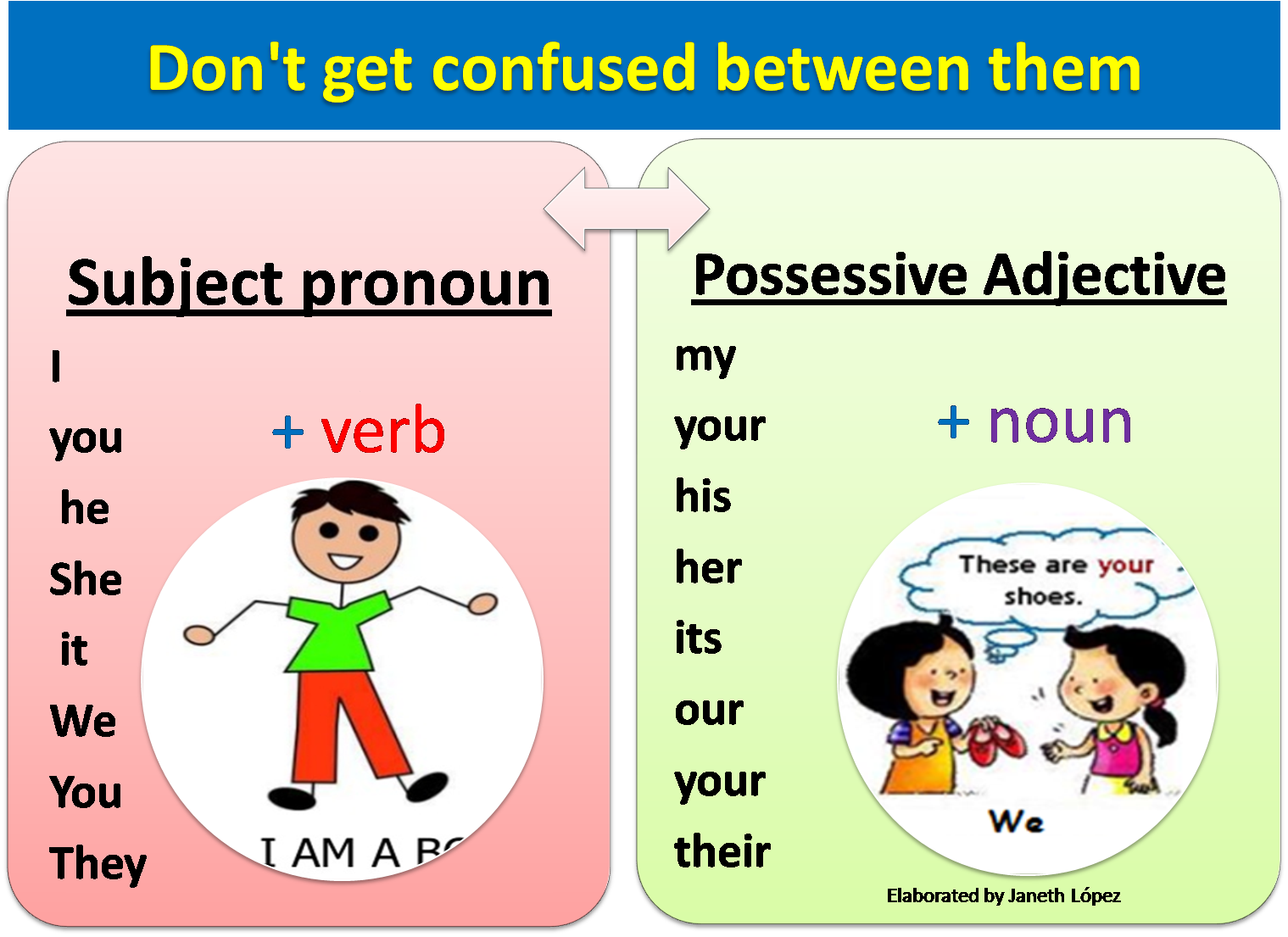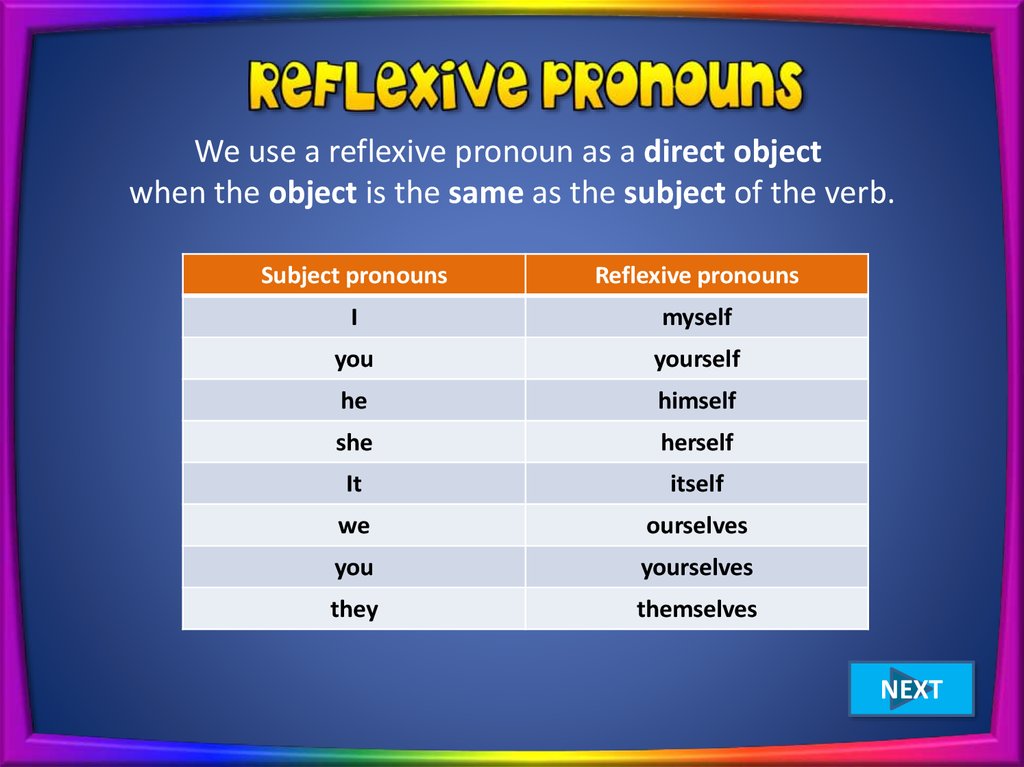

Just like subject personal pronouns, object personal pronouns can refer to people and things. (=Het is een saai boek It’s a boring book.)

There are also unstressed forms of ik (‘k), hij (-ie) en het (‘t). Occasionally, you might also hear someone referring to an object or organization with ze/zij. Note that in Dutch, we typically don’t consider things as masculine or feminine. For nouns in the plural form, we use ze/zij. To refer to nouns in the singular form that are de-words, we usually use the personal pronoun hij. We use “het” to refer to nouns in the singular form which are neuter (meaning they have “het” as their definite article). When referring to things, we use only the personal pronouns in the 3rd person (singular and plural). Meneer en mevrouw Jansens, gaat u naar huis? (Mr and Ms Jansens, are you going home?).Excuseer, weet u waar het station is? (Pardon me, do you know where the station is?).Note that “u” can be used to address one or more people, but the verb conjugation will remain in the singular form. Examples of this could be when speaking to your boss, elderly people, people of authority or people you don’t know yet.Īlthough it is becoming increasingly normal to address people in a more informal way, it’s important to know how and when to use this form. In Dutch, when addressing people in the second person (singular or plural), we use a different personal pronoun when we speak to someone in a more formal way. The distinction between u, je/jij en jullie (Our friends are going on holidays in Spain, but we prefer to go skiing.) Onze vrienden gaan op vakantie naar Spanje, maar wij gaan liever skiën.We use the first form (jij/zij/wij) if we want to emphasize the subject in the sentence. There are some differences, which we’ll discuss below.

Mostly, Dutch personal pronouns follow a similar pattern to English. Hij (masculine) ze/zij (feminine) het (neutral) The below table shows the different forms of the subject personal pronouns.

(How much are the flowers? They are five euros.)


 0 kommentar(er)
0 kommentar(er)
